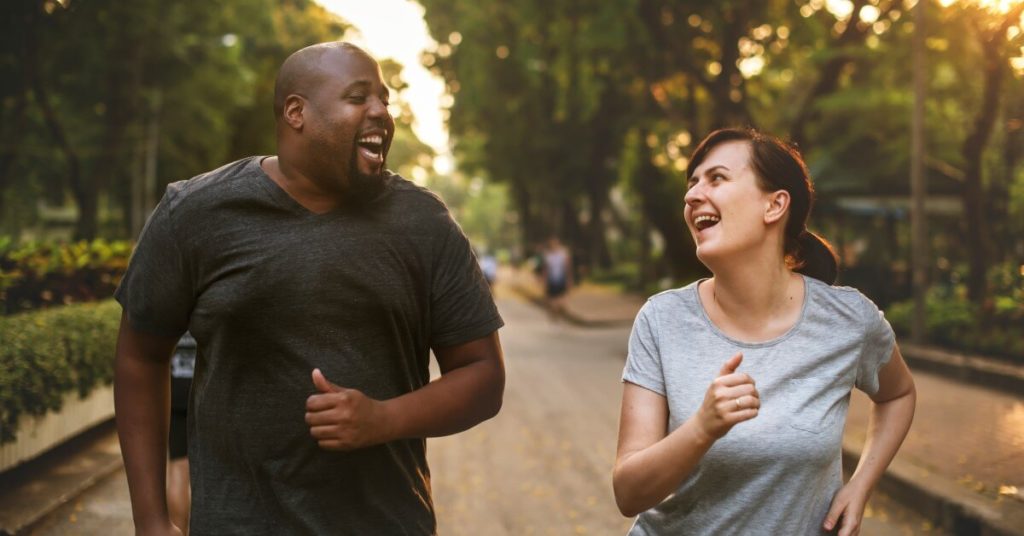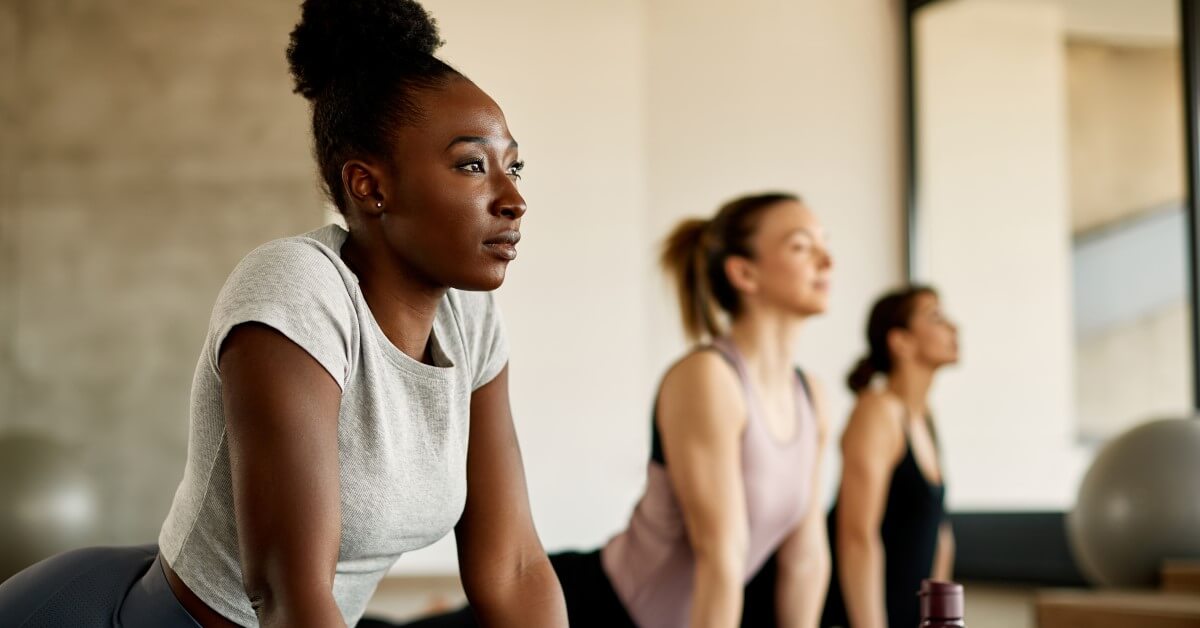
How Much Physical Activity is Enough? | What Type of Exercise is Best? |
What’s the Takeaway?
Overview
Exercise. Get fit. Get moving. Words we hear and read often. And for good reason. There is overwhelming evidence that adopting a lifestyle that includes exercise can mean a longer, healthier life and the delay of onset of about 40 chronic conditions or diseases, including heart disease, type 2 diabetes, and certain cancers.[1]
Not only does exercise improve pretty much all physical health markers in the human body, but physical activity also positively affects mental health. [2]
Yet despite the tremendous benefits of exercise and all the messaging about the topic in media, most adults and many children lead sedentary lifestyles.[3]
If you’re a fitness enthusiast or, at the very least, ensure that you perform some physical activities throughout the day with the intent to keep fit – congratulations! You are on your way to enjoying a comparatively healthier life.
But if you’ve ever wondered how much exercise you need to maintain balance in your life and obtain the many benefits of moving, here is some information and tips to get started.
How Much Physical Activity is Enough?
The U.S. Department of Health and Human Services recommends the following guidelines based on age.[4]
- Children and adolescents ages 6 through 17 should get an hour (or more) of moderate-to-vigorous physical exercise per day.
- Adults and older adults get at least 150 to 300 minutes a week of moderate-intensity, 75 to 150 minutes per week of vigorous aerobic activity, or a combination of moderate- and vigorous-intensity aerobic activity.
- Adults and older adults should also perform muscle-strengthening activities that engage all major muscle groups (legs, hips, back, abdomen, chest, shoulders, and arms) twice a week or more.
What Type of Exercise is Best?
Moderate physical activity is often sufficient to obtain exercise’s benefits.
This level of aerobic activity is any physical output that raises your heart rate and breaks a sweat. So, if the weather is great, even a brisk walk or a bike ride can achieve this.
Recreational activities such as swimming, tennis, and playing team sports with friends or family count here and are fun ways to get your weekly 150 to 300 minutes in.
Vigorous activity can be defined as anything in the moderate category but with the effort maximized. It’s the difference between a bike ride in the neighborhood vs. a spin class. Here, you would push yourself to jog faster, increase the resistance settings on a stationary bike or lift heavier weights.
Now if the thought of gyms and workout equipment gives you pause – don’t worry; muscle-strengthening activities that provide protective health benefits don’t have to be monumental tests of will and endurance.
You could try the following:
- Lifting weights at home
- Resistance bands
- Climbing stairs
- Walking hills
- Cycling
- Body weight exercises (push-ups, pull-ups, sit-ups)
- Some forms of yoga
What’s the Takeaway?
If you are still wondering how important physical activity is, consider this statistic: in the United States, an estimated $117 billion in annual healthcare costs and about 10% of premature deaths are linked to insufficient physical activity.[4]
Humans are made to move. If you are not among those currently getting the recommended 150-300 minutes of weekly exercise, increasing your physical activity will be one of the most important actions to improve your health and longevity.
If better brain health, heart health, bone strength, better sleep, and disease prevention sound good to you, stop reading this and go for a brisk walk. And better yet – do it every day. Your future self will thank you.
References:
- Ruegsegger, G. N., & Booth, F. W. (2018). Health Benefits of Exercise. Cold Spring Harbor perspectives in medicine, 8(7), a029694. https://doi.org/10.1101/cshperspect.a029694
- Bielak, A. A., Cherbuin, N., Bunce, D., & Anstey, K. J. (2014). Preserved differentiation between physical activity and cognitive performance across young, middle, and older adulthood over 8 years. The journals of gerontology. Series B, Psychological sciences and social sciences, 69(4), 523–532. https://doi.org/10.1093/geronb/gbu016
- Fried L. P. (2016). Interventions for Human Frailty: Physical Activity as a Model. Cold Spring Harbor perspectives in medicine, 6(6), a025916. https://doi.org/10.1101/cshperspect.a025916
- Piercy, K. L., Troiano, R. P., Ballard, R. M., Carlson, S. A., Fulton, J. E., Galuska, D. A., George, S. M., & Olson, R. D. (2018). The Physical Activity Guidelines for Americans. JAMA, 320(19), 2020–2028. https://doi.org/10.1001/jama.2018.14854


